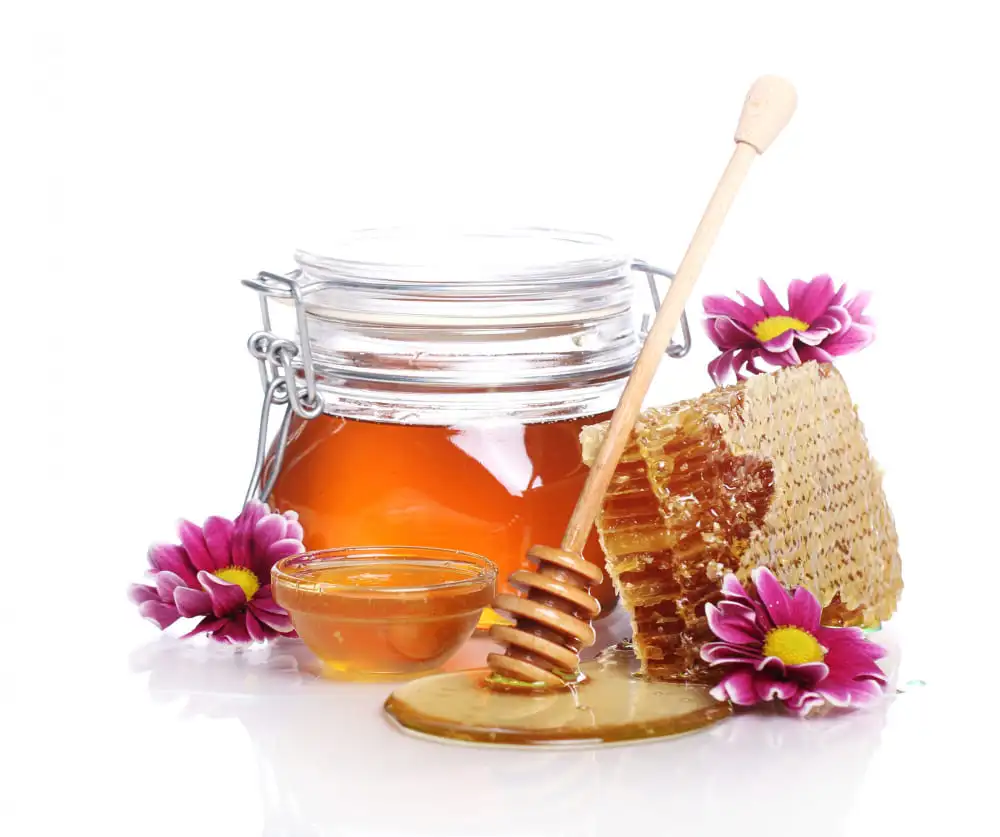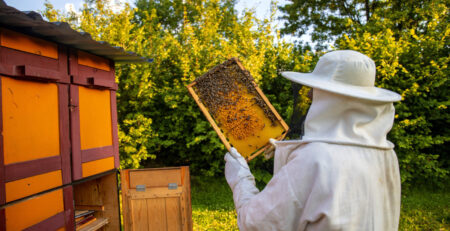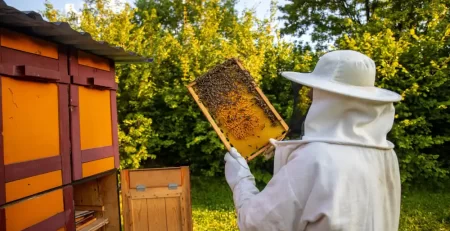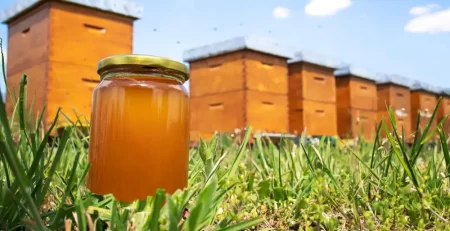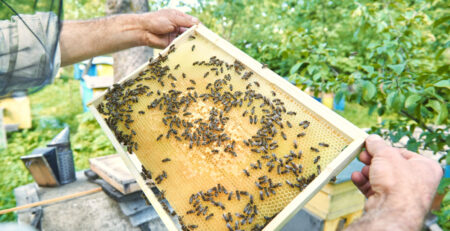Curbside Honey Sales
In the ever-evolving landscape of retail, curbside sales have emerged as a convenient and effective way for businesses to reach their customers. Among the various products finding success through this model, honey stands out as a particularly promising option. With its natural appeal, health benefits, and versatility, honey is a product that can thrive in a curbside sales environment. In this comprehensive guide, we’ll explore the ins and outs of curbside honey sales, from understanding the market demand to implementing effective strategies for success.
Understanding the Market Demand
- Before delving into the world of curbside honey sales, it’s essential to understand the market demand and consumer preferences.
- Honey has long been a beloved pantry staple, valued for its sweetness, flavor, and numerous health benefits. From its use as a natural sweetener to its inclusion in skincare products, the versatility of honey makes it a sought-after commodity.In recent years, there has been a growing interest in locally sourced and artisanal products, including honey.
- Consumers are increasingly conscious of the origins and quality of the products they purchase, seeking out options that are sustainably produced and support local communities.
- This trend presents a significant opportunity for beekeepers and honey producers to capitalize on the demand for high-quality, locally sourced honey.Furthermore, the health benefits of honey have garnered widespread attention, driving demand for pure and unprocessed varieties.
- With its antioxidant properties, antibacterial qualities, and potential allergy relief, honey appeals to health-conscious consumers looking for natural remedies and alternatives to refined sugars.
Implementing Effective Curbside Sales Strategies
Once you’ve identified the market demand for honey and decided to pursue curbside sales, it’s crucial to implement effective strategies to maximize your success. Here are some key steps to consider:
Establish an Online Presence: Before launching your curbside honey sales, establish an online presence through a website or social media platforms. Create engaging content that highlights the unique qualities of your honey, such as its flavor profiles, sourcing methods, and health benefits. Utilize high-quality images and videos to showcase your products and attract potential customers.
Streamline Ordering and Pickup Process: Make the ordering and pickup process as seamless as possible for your customers. Implement an online ordering system that allows customers to browse your honey selection, place orders, and schedule pickup times. Clearly communicate pickup instructions, including location, hours of operation, and any specific requirements or safety protocols.
Offer Promotions and Incentives: Encourage repeat business and attract new customers by offering promotions and incentives. Consider discounts for bulk purchases, loyalty programs, or special deals for first-time customers. Utilize email marketing and social media to promote your offers and engage with your audience.
Provide Excellent Customer Service: Deliver exceptional customer service to build trust and loyalty with your customers. Be responsive to inquiries and feedback, address any concerns promptly, and strive to exceed customer expectations. Personalize the shopping experience by offering recommendations based on individual preferences and providing informative resources about honey and its uses.
Focus on Safety and Hygiene: In light of the ongoing COVID-19 pandemic, prioritize safety and hygiene measures to ensure a safe shopping environment for your customers. Implement contactless pickup options, regularly sanitize high-touch surfaces, and adhere to recommended guidelines for social distancing and mask-wearing.
Expand Product Offerings: In addition to offering a variety of honey products, consider expanding your product offerings to appeal to a broader audience. This could include related items such as beeswax candles, honey-infused skincare products, or gift sets featuring honey and complementary items.
Build Community Engagement: Foster a sense of community around your honey business by participating in local events, farmers markets, and festivals. Engage with customers through educational workshops, tastings, and demonstrations that highlight the unique qualities of your honey and the importance of beekeeping.
By implementing these strategies and staying attuned to market trends and consumer preferences, you can position your curbside honey sales for success and establish a loyal customer base.
Navigating Challenges and Overcoming Obstacles
- While curbside honey sales offer numerous advantages, they also present challenges and obstacles that must be navigated effectively. From logistical considerations to competition from other retailers, beekeepers and honey producers face a range of factors that can impact their success in the curbside sales arena.
- One of the primary challenges is ensuring product quality and freshness during the pickup process. Honey is a perishable product that can be affected by temperature fluctuations and exposure to light and air. To maintain the quality of your honey and preserve its flavor and nutritional benefits, it’s essential to package it properly and store it in optimal conditions.
- Another challenge is standing out in a crowded marketplace and differentiating your honey products from competitors. With the proliferation of online marketplaces and local vendors offering honey, it’s crucial to highlight the unique qualities of your honey and communicate its value proposition effectively. This could include emphasizing factors such as its local sourcing, sustainable production methods, or distinctive flavor profiles.
- Additionally, beekeepers and honey producers may encounter regulatory hurdles and compliance requirements when selling their products through curbside channels. It’s important to familiarize yourself with local regulations governing food production and sales, obtain any necessary permits or licenses, and ensure compliance with food safety standards and labeling requirements.
- Despite these challenges, curbside honey sales offer significant opportunities for beekeepers and honey producers to expand their customer base, increase sales, and strengthen their brand presence. By leveraging effective marketing strategies, providing exceptional customer service, and adapting to changing consumer preferences, you can overcome obstacles and thrive in the competitive marketplace.
Conclusion
In conclusion, curbside honey sales represent a promising avenue for beekeepers and honey producers to connect with customers, increase sales, and promote their products. With the growing demand for locally sourced, artisanal goods, honey stands out as a product that can thrive in a curbside sales environment. By understanding market demand, implementing effective sales strategies, and navigating challenges with resilience and creativity, beekeepers and honey producers can position themselves for success in the dynamic world of retail. Whether you’re a seasoned beekeeper or a newcomer to the industry, curbside honey sales offer a wealth of opportunities to showcase your products, engage with customers, and contribute to the thriving market for honey and bee-related products.

